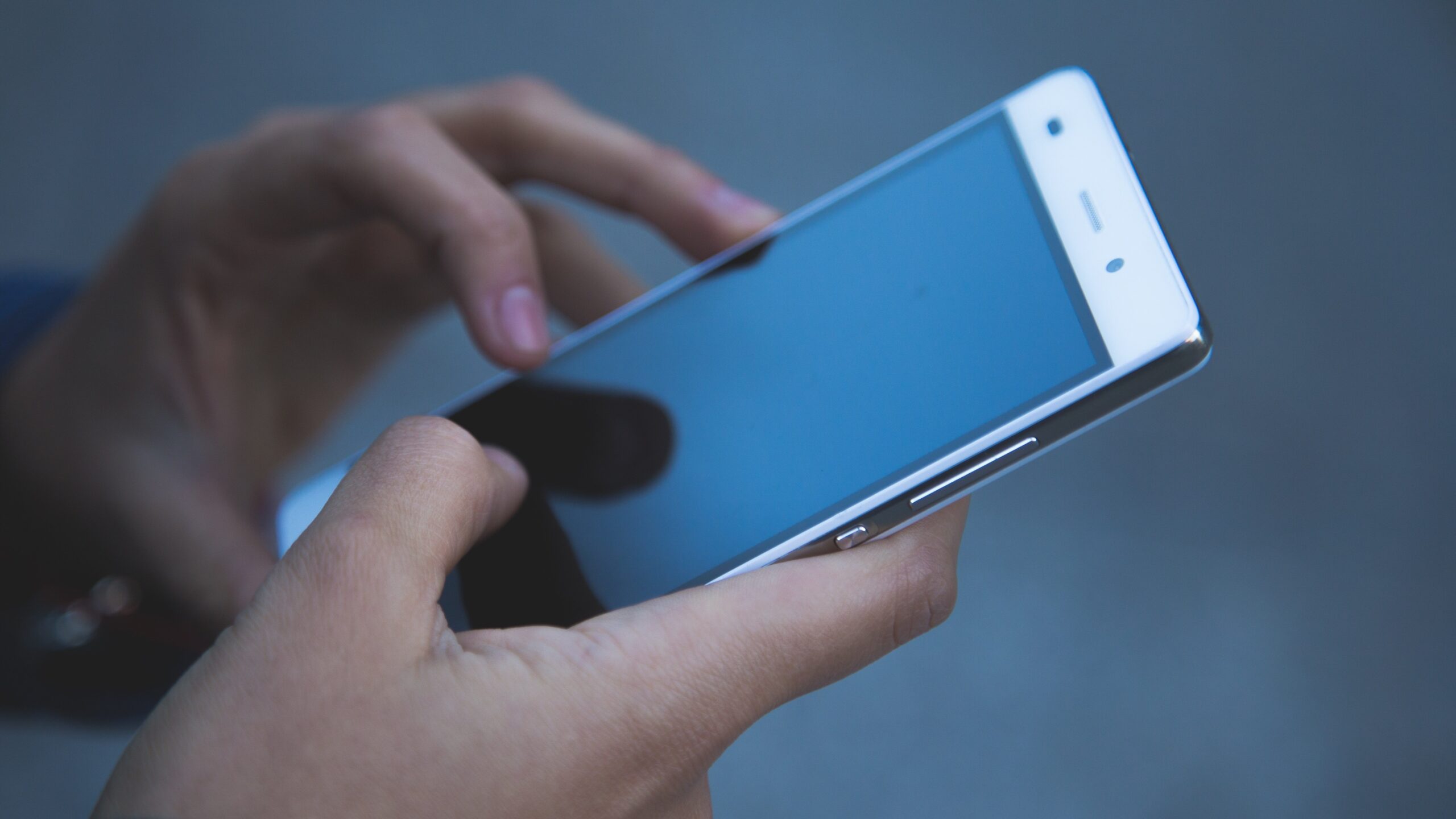The concept of downtime has all but disappeared in mobile phone use, according to new research commissioned by Hungary’s National Media and Infocommunications Authority (NMHH). Phones now ‘sleep’ only when their owners do, the study on young people’s platform habits revealed.
The survey offers an in-depth look at the smartphone use of young Hungarians and young adults, assessing how accurately they estimate their own screen time and examining links between mobile use and mental wellbeing.
Results show that daily phone use reflects life rhythms, but differs by gender and age. Women typically pick up their phones earlier, around 7am, while men connect to the digital world about 15 minutes later, though men tend to stay online longer at night. Morning peak use falls between 6 and 8am, while evening activity peaks between 10pm and midnight.
The study also found distinct patterns within the 16–36 age group. Upon waking, most check Facebook and Messenger first. Younger users are drawn to quick, visual updates on Instagram or TikTok to see what happened overnight, while older users start their day with information searches or messaging. These differences mirror changes in daily routines and priorities.
Interestingly, participants tended to overestimate their screen time. Data from monitoring apps showed actual usage was about two hours less than self-reported figures.
The research also explored the connection between phone use and emotional state. Those prone to anxiety or depression were more likely to use social media for self-presentation, identity reinforcement, or escapism rather than communication. In contrast, emotionally balanced individuals were less likely to use social media as a distraction.
When feeling down, younger people gravitate towards TikTok, while older ones turn to Facebook and YouTube. On average, those in poorer emotional states spent up to twice as much time on passive entertainment platforms as their more balanced peers.
Daily screen time was also linked to place of residence and commuting time, according to multivariate analysis. Platform use patterns were shaped by a mix of age, routines, location, and mental health, making smartphone use a complex social and psychological phenomenon rather than just a technical one.
The full study is available at onlineplatformok.hu, while a video presentation by NMHH’s legal expert Dr Gábor Sándor Németh can be viewed on YouTube.
Related articles:







